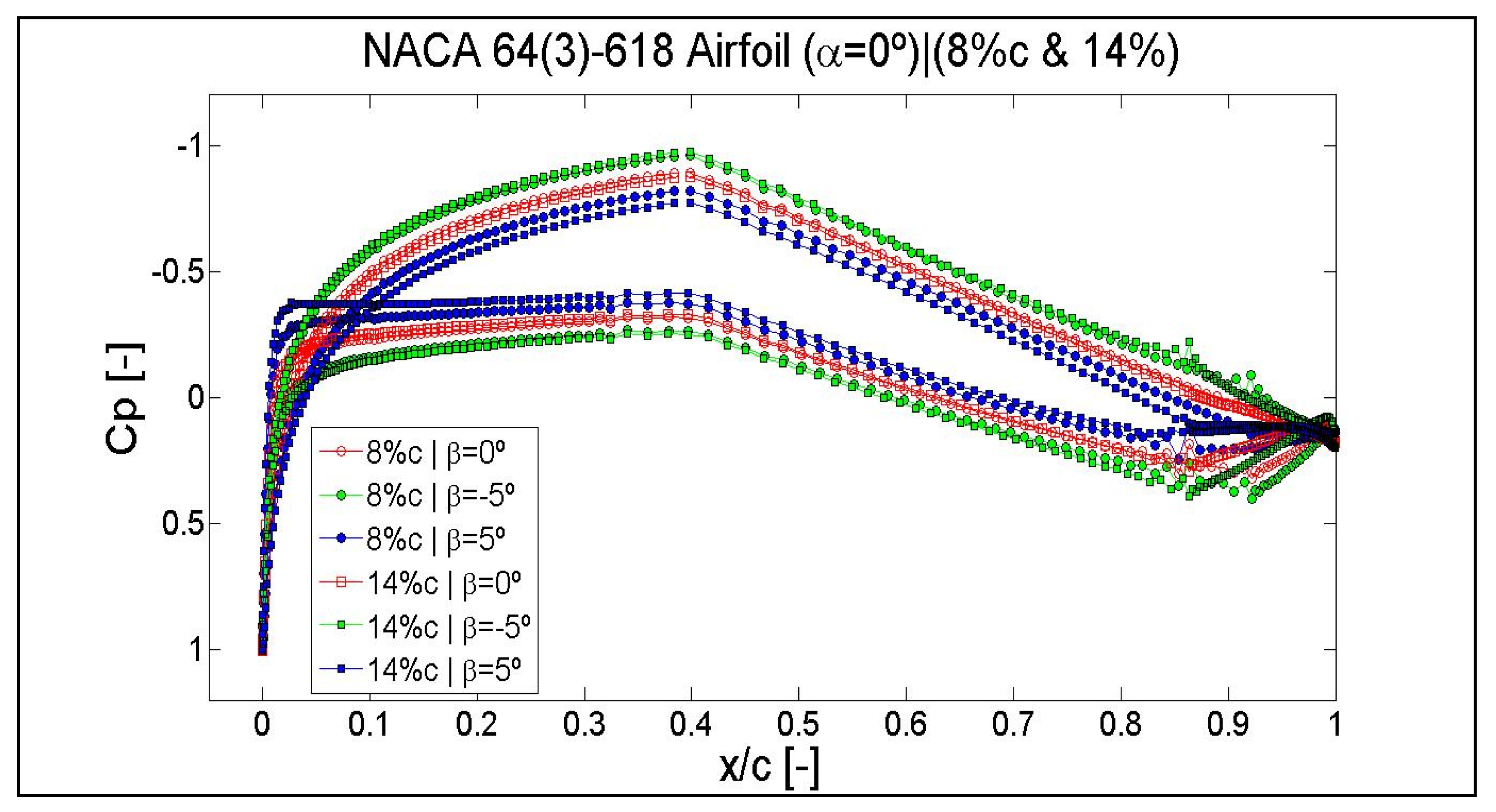
I use XFOIL most of the time, XFLR5 for some things, and have experimented with Xoptfoil with good results. I haven't seen the need to spend real money on an analysis program yet. I haven't seen any blended versions, but some airfoil tools give you the ability to roll your own, setting geometry somewhere between two starter airfoil files.ģ. Once that was fixed, they performed well.Ģ. The point distribution was too coarse, and led to some discontinuities in the panel angles that threw off the results. When I have looked at the Riblett airfoils, I have had to do some smoothing first before getting a good analysis. I am not any pro, but I am an airfoil nerd, and I have slept in a Holiday Inn sometime in the past.

I am a long way away from scale ailerons on my 103, partly so that they need more than a sneeze to fully actuate. If you are building an LSA, this may even be a good thing. Cusped airfoils also have higher stick forces. I think this was the major reason for the cusp-less airfoils.Ģ.

the cusp airfoils are very thin at the TE, this can involve them being fragile. The cusp-less 6 series have a couple of benefits.ġ. I believe that profili uses the same airfoil code as XFLR5 While XFLR5 has some accuracy issues, I think that they are fairly consistent so it is useful for comparing similar airfoils.

XFLR5 was not impressed by his modified 4 digit thickness. I firmly believe his good results in his GA30 airfoils are entirely from using the a=0.5 6 series camber line with 4 digit thicknesses rather than his method of combining them. Though I want to get around to trying them the NACA way when I get a round tuit. So far, the results using his (easy) method look ok for my XFLR foil experimentation. I am somewhat skeptical of Riblett's method for adding thickness and camber line.


 0 kommentar(er)
0 kommentar(er)
